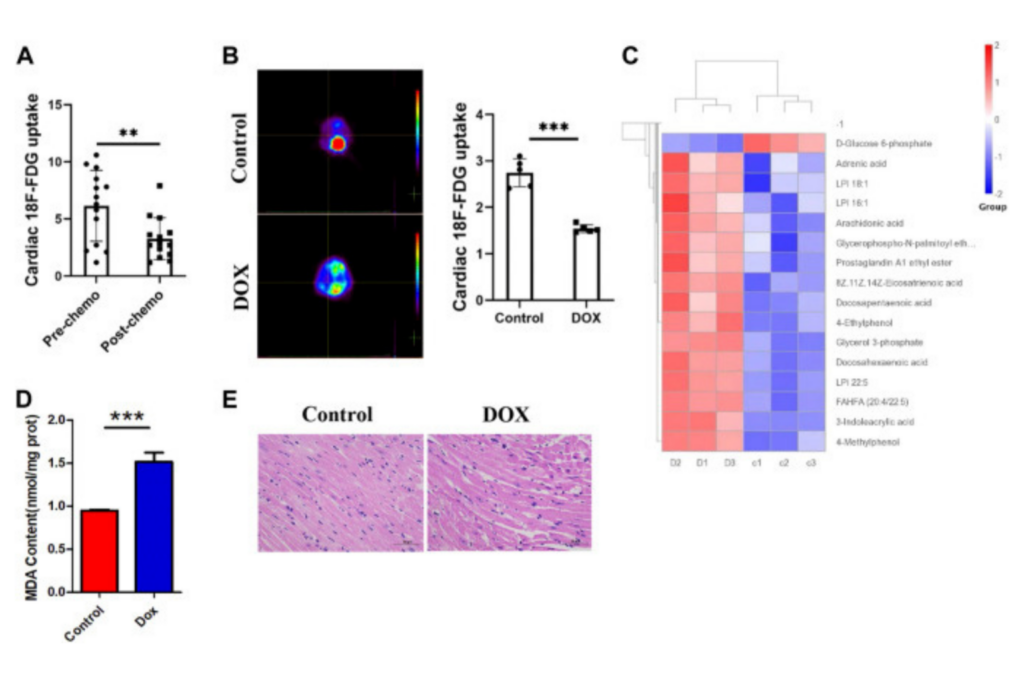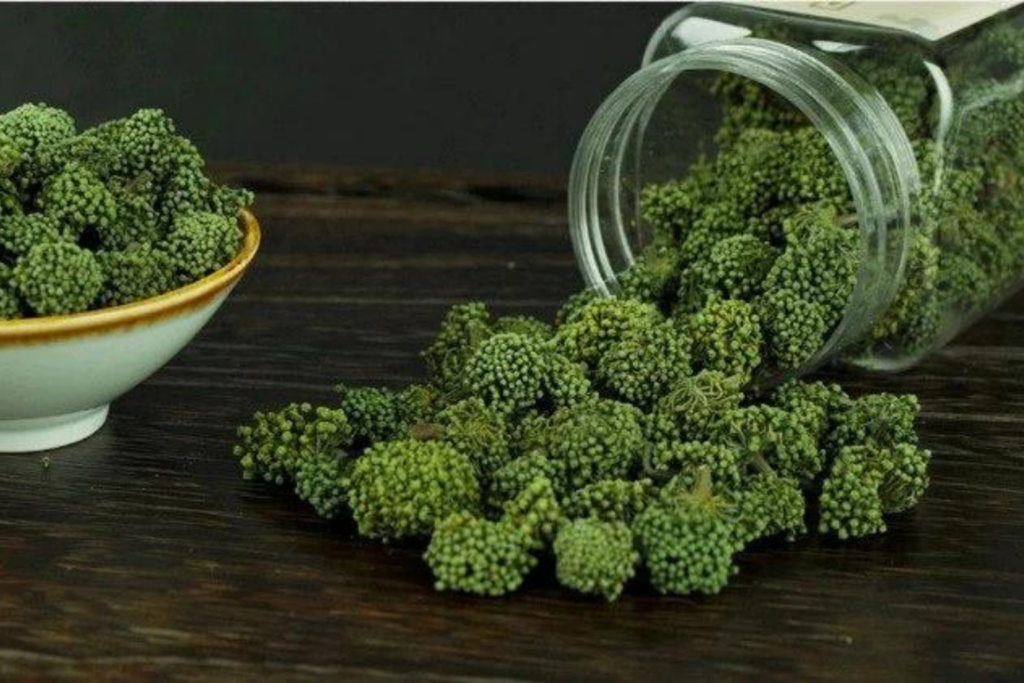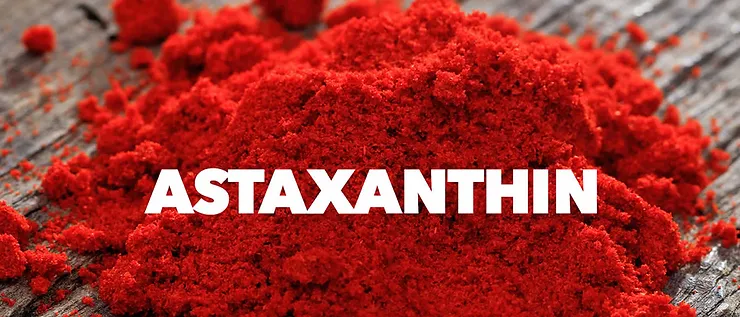- PMID: 34263720
- DOI: 10.1142/S0192415X21500646
Abstract
Breviscapine is one of the extracts of several flavonoids of Erigeron breviscapus. Scutellarin is the main active component of breviscapine, and the qualitative or quantitative criteria as well. Scutellarin and its analogs share a similar skeleton of the flavonoids. Breviscapine has been widely used in the treatment of cerebral infarction and its sequelae, cerebral thrombus, coronary heart disease (CHD), and angina pectoris. Breviscapine has a broad spectrum of pharmacological activities, such as increasing blood flow, improving microcirculation, dilating blood vessels, decreasing blood viscosity, promoting fibrinolysis, inhibiting platelet aggregation, and thrombosis formation, etc. In addition, breviscapine and its analogs have significant value for drug research and development because of the superiority of those significant bioactivities. Furthermore, an increasing number of pharmacokinetic studies have explored the mechanism of scutellarin and its analogs. To provide a comprehensive understanding of the current research on breviscapine, scutellarin, and the analogs, the structural features, distribution situation, preparation method, content determination method, clinical applications, pharmacological action as well as pharmacokinetics are summarized in the present review.
Keywords: Breviscapine; Pharmacokinetics; Pharmacology; Review; Scutellarin.
Similar articles
-
Two major urinary metabolites of scutellarin in rats.Qiu F, Xia H, Zhang T, Di X, Qu G, Yao X.Planta Med. 2007 Apr;73(4):363-5. doi: 10.1055/s-2007-967128. Epub 2007 Mar 12.PMID: 17354170
-
Protective effects of scutellarin and breviscapine on brain and heart ischemia in rats.Lin LL, Liu AJ, Liu JG, Yu XH, Qin LP, Su DF.J Cardiovasc Pharmacol. 2007 Sep;50(3):327-32. doi: 10.1097/FJC.0b013e3180cbd0e7.PMID: 17878763
-
Pharmacokinetics of scutellarin and its aglycone conjugated metabolites in rats.Huang JM, Weng WY, Huang XB, Ji YH, Chen E.Eur J Drug Metab Pharmacokinet. 2005 Jul-Sep;30(3):165-70. doi: 10.1007/BF03190615.PMID: 16250252
-
[Advances in studies on pharmacokinetics of scutellarin and scutellarein].Liu J, Xiong Y.Zhongguo Zhong Yao Za Zhi. 2009 Dec;34(24):3165-8.PMID: 20352990 Review. Chinese.
-
Advances in Chemical Constituents, Clinical Applications, Pharmacology, Pharmacokinetics and Toxicology of Erigeron breviscapus.Wu R, Liang Y, Xu M, Fu K, Zhang Y, Wu L, Wang Z.Front Pharmacol. 2021 Sep 2;12:656335. doi: 10.3389/fphar.2021.656335. eCollection 2021.PMID: 34539390 Free PMC article. Review.
Cited by
-
Identification of m6A methylation-related genes in cerebral ischaemia‒reperfusion of Breviscapus therapy based on bioinformatics methods.Wan C, Pei J, Wang D, Hu J, Tang Z, Zhao W.BMC Med Genomics. 2023 Sep 5;16(1):210. doi: 10.1186/s12920-023-01651-3.PMID: 37670341 Free PMC article.
-
Breviscapine regulates the proliferation, migration, invasion, and apoptosis of colorectal cancer cells via the PI3K/AKT pathway.Niu P, Liu F, Lei F, Peng J, Wang Y, Zhao J, Gao Z, Gao Q, Gu J.Sci Rep. 2023 Jun 14;13(1):9674. doi: 10.1038/s41598-023-33792-x.PMID: 37316553 Free PMC article.
-
Breviscapine Ameliorates Fear Extinction and Anxiety in BALB/cJ Mice.Liang W, Huang J, Yang S, Huang P, Chen J, Chen C, Yang Q, Li F.Psychiatry Investig. 2023 Mar;20(3):205-211. doi: 10.30773/pi.2022.0167. Epub 2023 Mar 22.PMID: 36990663 Free PMC article.
-
The mechanism of microglia-mediated immune inflammation in ischemic stroke and the role of natural botanical components in regulating microglia: A review.Zeng J, Bao T, Yang K, Zhu X, Wang S, Xiang W, Ge A, Zeng L, Ge J.Front Immunol. 2023 Feb 2;13:1047550. doi: 10.3389/fimmu.2022.1047550. eCollection 2022.PMID: 36818470 Free PMC article. Review.
-
Research progress on effects of traditional Chinese medicine on myocardial ischemia-reperfusion injury: A review.Xing N, Long XT, Zhang HJ, Fu LD, Huang JY, Chaurembo AI, Chanda F, Xu YJ, Shu C, Lin KX, Yang K, Lin HB.Front Pharmacol. 2022 Dec 6;13:1055248. doi: 10.3389/fphar.2022.1055248. eCollection 2022.PMID: 36561346 Free PMC article. Review.
Related information






